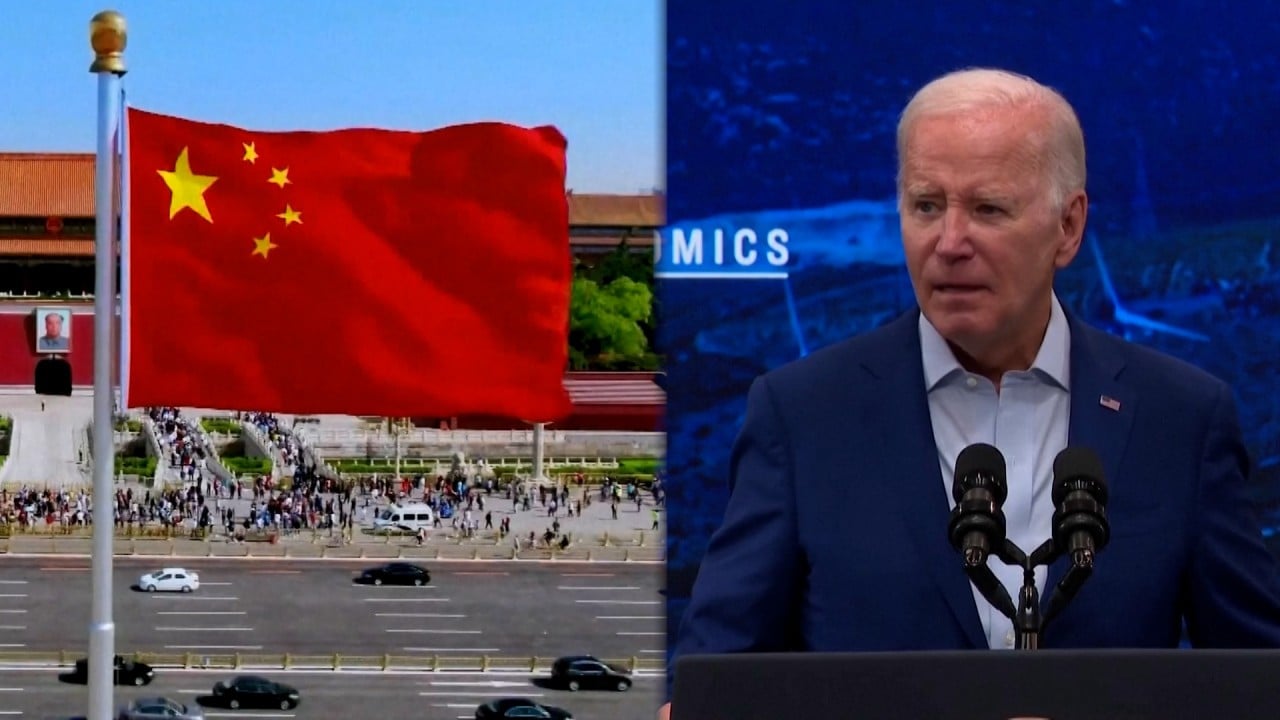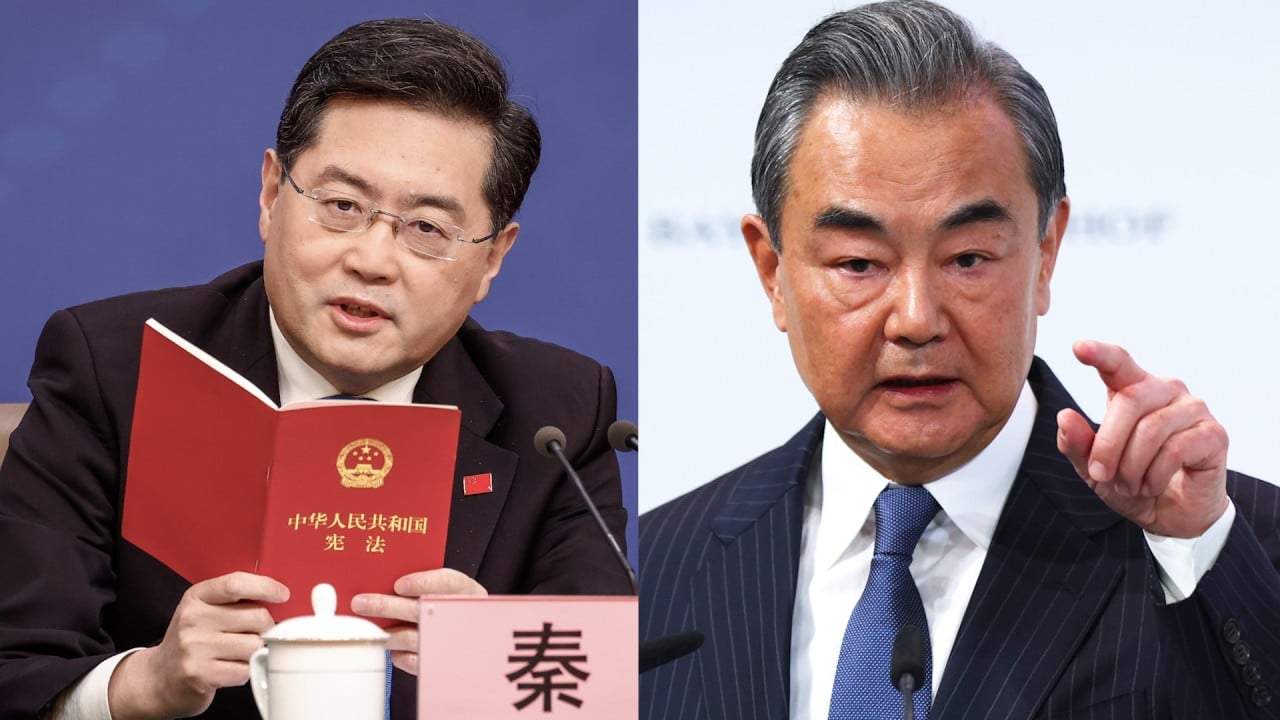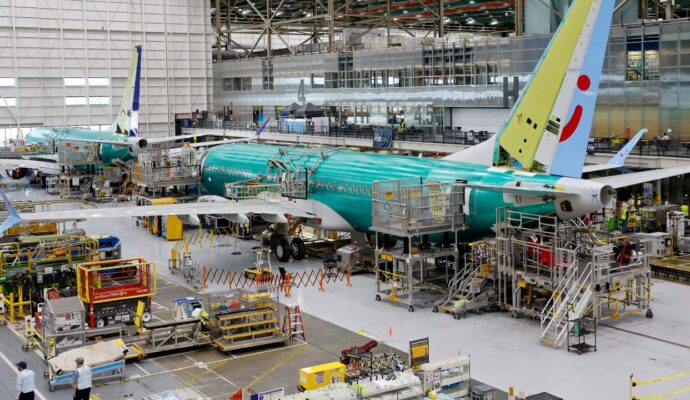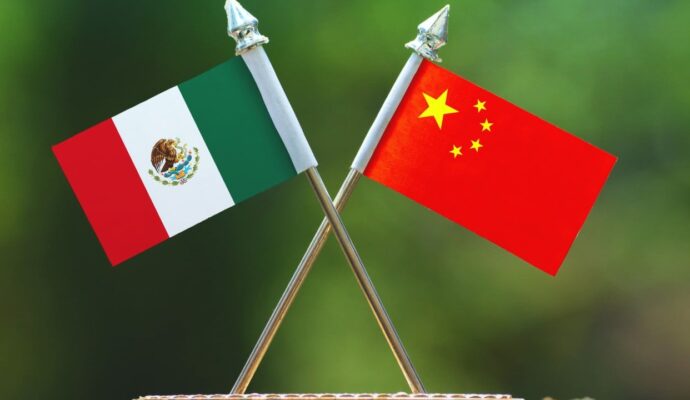They say both sides have taken steps in recent weeks to limit fallout from an order that US officials say has been in the works for at least a year.
“The severity and scope of the executive order has certainly decreased from what we have thought in the beginning,” Da said.
But Da said Raimondo would have to take some time to settle the issue during her trip.
Beijing might still also have a tit-for-tat response to the order, he said.
On the day of the announcement, the Chinese foreign ministry was quick to protest over the restrictions, labelling them “outright economic coercion and tech bullying” designed to “deprive China’s development rights” in the name of national security.
China’s Ministry of Commerce also pledged to “preserve its own interest resolutely”, reserving its “rights to take actions”.
The areas covered by the order have been at the centre of tech rivalry between the two countries, with the US rolling out restrictions on the sale of advanced chips to China in October.
In July, China retaliated by ordering export restrictions on two technology-critical materials, gallium and germanium, and several of their compounds.
Lu Xiaomeng, geo-technology director of Eurasia Group, said she expected China to respond to Wednesday’s executive order with “some high-profile moves”.
“Retaliation may take the form of unfavourable antitrust decisions on merger and acquisition deals involving US companies, or expansion of export control restrictions, among others,” Lu said.
But the Chinese reaction was unlikely to be great enough to stop Raimondo’s visit, she said.
Yang Dali, a political economy professor at the University of Chicago, also expected trade talks to continue as China has shown a willingness to engage with the world economically again.
A day after the executive order was announced, the Chinese government lifted its ban on group travel between China and 78 more countries, including the US. The restriction was imposed three years ago to limit the spread of Covid-19.
“That is an indication clearly China feels like it needs to reach out, [and] it needs to have the open door again,” Yang said.
He agreed that – from China’s perspective – the tech investment bans were a setback to their normalisation of ties but the outcome to be mediated.
“[I think] part of the effort for the leadership in Beijing to receive American officials from the secretary [of state] and then to others, is part of an effort to try to narrow down or defuse this particular order in a way,” Yang said, adding the meetings “did help” to delimit the final restrictions.
But there are other uncertainties.
When US Secretary of State Antony Blinken and Treasury Secretary Janet Yellen visited China, they were received by then-foreign minister Qin Gang, who was suddenly removed in July without official explanation.
Yang said the sudden replacement of the foreign minister was “disruptive” to the US-China communication and it was unclear how long Wang Yi, who replaced Qin, would be in office.
“The biggest thing is really whether President Xi Jinping would be at the Apec meeting in the US [in November] and whether there would be a meeting between him and President Biden,” Yang said.
“If that happens, clearly, all the setbacks over the last few months would have more or less been decided [by both sides] to put them aside a little bit … but I’m pretty sure some of the terms or phrases by President Biden also do get to China as well.”
Biden referred to Xi as a “dictator” in June and this week called China a “ticking time bomb” because of its economic challenges.
There are also tensions over Taiwan.
The US last month approved a US$345 million landmark military aid package for the self-ruled island, which Beijing regards as interference to its domestic affairs.




